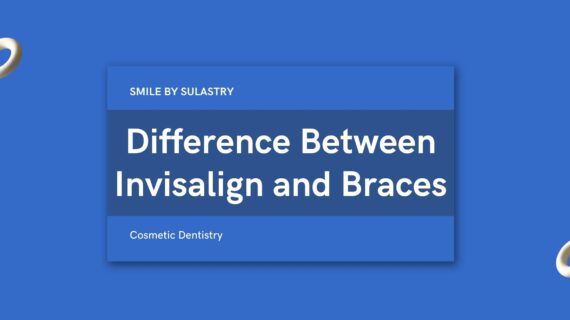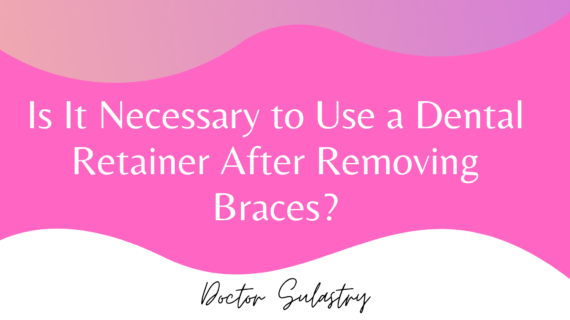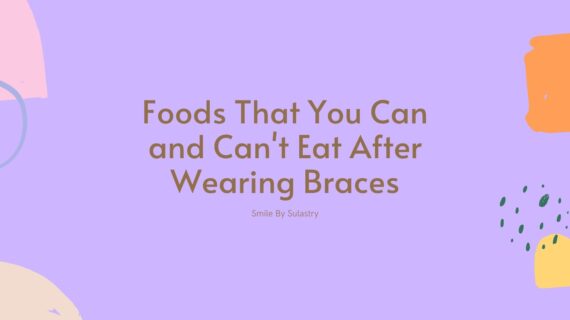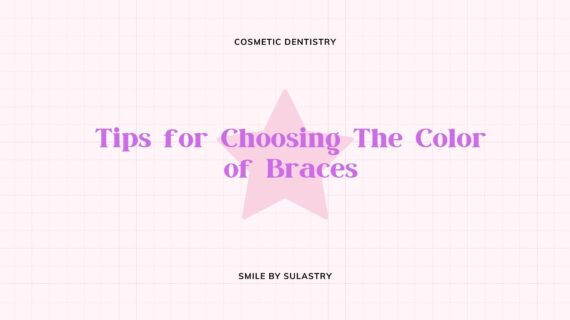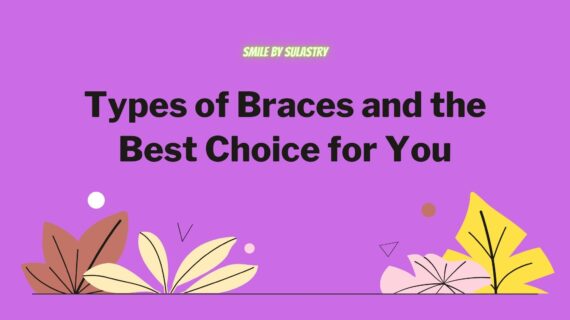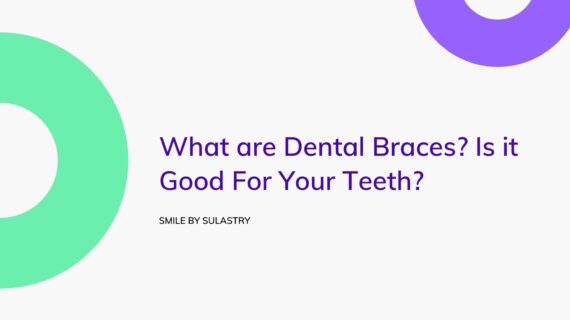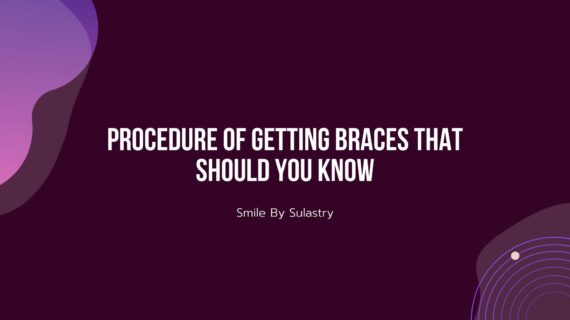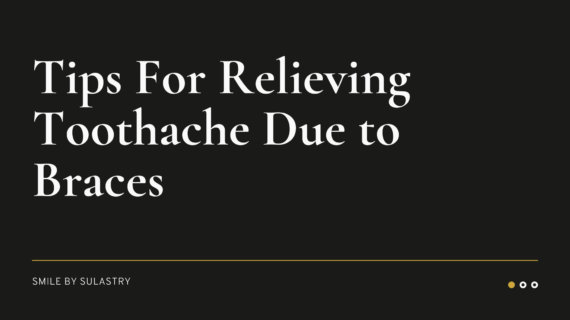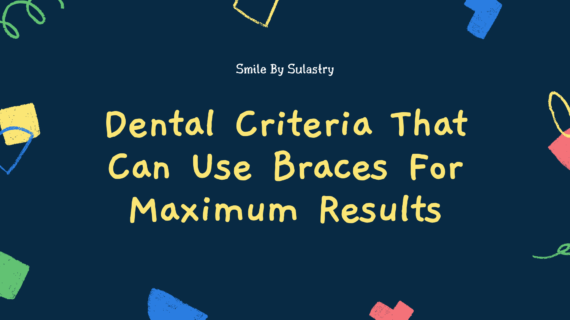If you wonder what is difference between Invisalign and Braces, actually both of them can treat crooked teeth. But both have some differences. Of course, unevenly arranged teeth make you reluctant to smile and laugh. In fact, they tend to cover their mouths when speaking. Don’t let this discourage you. This is because it can still be overcome with Invisalign and braces.
Invisalign and braces are orthodontic treatments designed to straighten teeth. Teeth that are neatly lined up will definitely make your smile more beautiful and you will be confident.
However, you must know, even though the two treatments do have the same function, the installation method, price, and also the level of comfort of use are different.
Also Read Tips for Choosing The Color of Braces
Invisalign and Braces
Braces are a form of dental care that is commonly used by many people. This tool consists of a metal bracket that is attached to each tooth.
Later the bracket will be connected by a tight wire gradually. This process functions to change the teeth in the desired direction. Braces are quite popular because they are decorated with small rubber bands of various colors. This can add to the uniqueness of the braces users themselves.
Next there is Invisalign, this is a dental treatment made of transparent plastic without wires and brackets. This tool can be easily removed and installed by the user.
Because it is more compact and easy to use, many people also use Invisalign to keep their teeth neat and even.
Difference Between Invisalign and Braces
Although these tools serve to straighten teeth, both Invisalign and braces have their own differences. Therefore, you can consider both of them first before choosing one. General differences between the two :
1. Shape and Color
One of the most common reasons people use Invisalign is that it is clear and transparent. Its invisible form makes many other people not notice that you are wearing it.
While the use of braces or wires, the tool is attached to each tooth and looks like a fence attached to it. This of course makes the braces easier to see when you talk or smile
2. How to Install
Installing braces cannot be done alone and must be done by a dentist. Where in the installation process later, metal brackets will be glued to the teeth, then fastened by wire and rubber bands.
Next, the bracket is given glue using a special light so that it sticks to the teeth and doesn’t come off easily.
In the Invisalign tool, later the doctor will make a tray that looks like your teeth. This tool can be removed and installed by the user himself.
3. How You Clean It
Since the shape of Invisalign and braces is different, the way to clean your teeth will also be different, yes.
In people who use braces or wires, usually he will have difficulty cleaning the remaining food on his teeth. This is because of the many indentations that make food residue trapped in the wire. Usually, these are difficult for a toothbrush to reach.
Worse, if the braces is not immediately cleaned it will trigger other dental health problems. For example, plaque and tartar, which will make teeth look yellower.
Length of Treatment Between Invisalign and Braces
In Invisalign treatment you will need to have the device in place for 20 to 22 hours each day, and it may be removed while sleeping or eating, for example.
Tray replacement needs to be done every 2 weeks, which means you need to make regular visits to the dentist every 4-6 weeks.
Every two weeks, the new tray you use will feel a little different. Because when replaced, the tray will be redesigned to shift and move the teeth to the desired position.
The duration of treatment using the tray is approximately 6-18 months. However, it can vary depending on the dental condition and discipline or not the patient uses Invisalign every day.
Then for braces, generally you don’t have to bother cleaning or removing it every day. This is because the wire will stick to the teeth for 24 hours. For the problem of check-up visits, you need to go to the dentist once a month.
The doctor will change the band attached to the bracket and wire to tighten. As for the length of care using braces , generally it will be done for 2 years to 3 years.
This will also depend on the condition of the teeth and how regularly the patient checks with the dentist.
Ask the Doctor for Advice
It should be noted that we cannot just choose which dental treatment to use. The reason is, the doctor will adjust the condition of the teeth with the treatment that is recommended later.
If your teeth don’t have any major shape problems, for example, only slightly misaligned and crowded teeth, slightly loose teeth, overbite (class II div 2 malocclusion), these can still be treated with Invisalign.
Meanwhile, in more complex or severe dental problems, such as crossbite, very crowded teeth, posterior open bite and other jaw problems, these should be treated with braces.
Conclusion
Whichever treatment option you choose is not just about getting a beautiful smile, it’s also about improving your overall oral health.
Therefore, before choosing between Invisalign or braces, it is best to consult a dentist directly.
